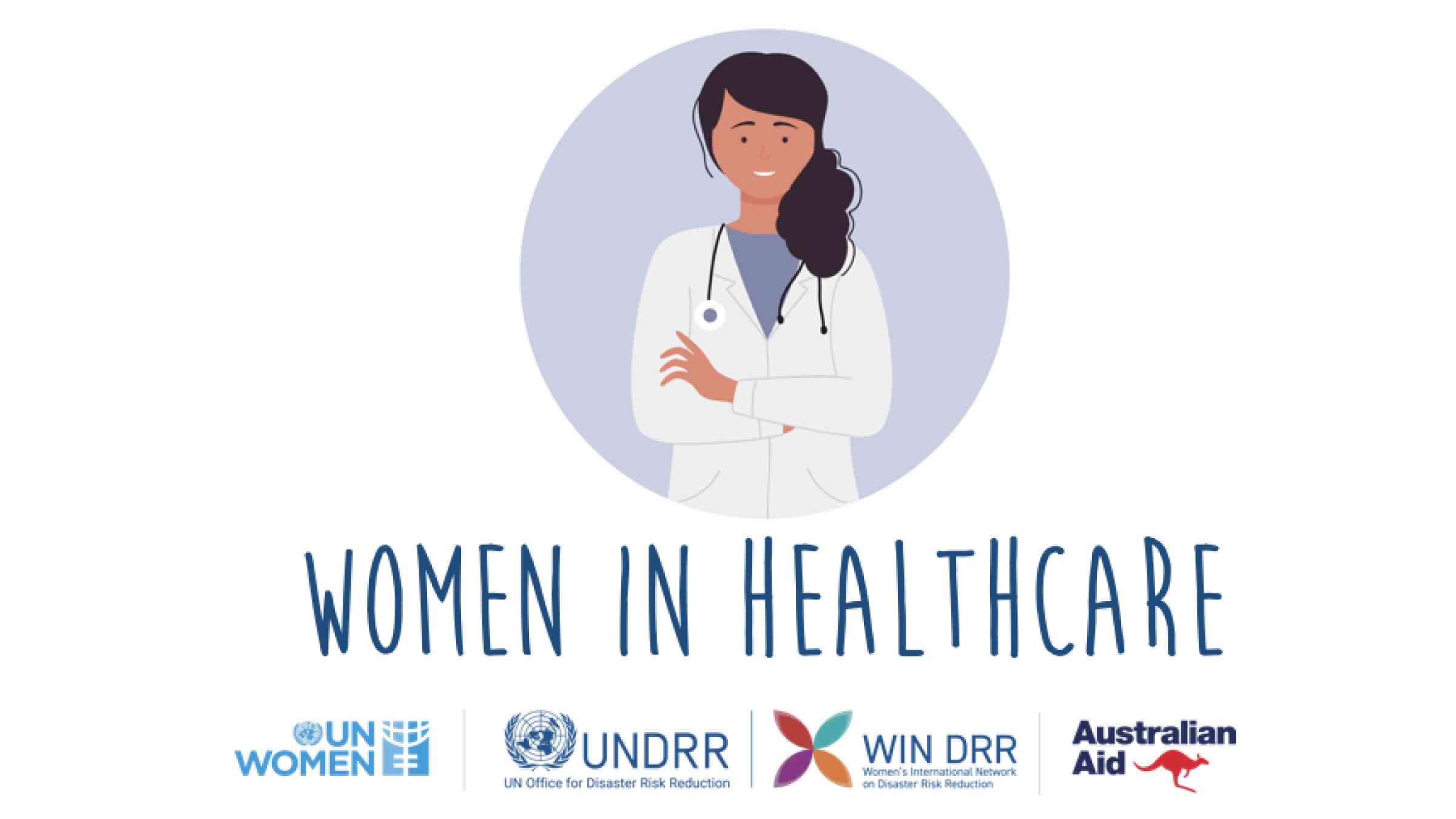A Comprehensive Overview on Just How Healthcare RCM Works to Enhance Billing and Collections
Navigating the intricacies of healthcare income cycle management (RCM) is important for providers intending to enhance their payment and collections processes. The guide unloads the ins and outs of RCM, from client registration to accounts receivable management, offering understandings right into maximizing each step. Integrating advanced modern technology and standard treatments can substantially decrease claim denials and speed up payment cycles. Yet, the real challenge exists in seamlessly combining these elements to enhance cash circulation. As we discover the core components and approaches that drive effectiveness, one inquiry remains: just how can healthcare entities best placement themselves to flourish monetarily in an ever-evolving market?
Recognizing Revenue Cycle Administration
RCM is a critical management function that incorporates the whole economic procedure of client care, from the first consultation establishing to the final payment of the equilibrium. It is an intricate procedure developed to identify, gather, and handle the revenue from the services provided to people.
The RCM process begins when a patient timetables a visit and prolongs through the patient's treatment journey, consisting of invoicing and collections. A vital goal is to lower the time in between giving a solution and receiving payment, thus improving the company's monetary wellness. RCM includes different functions such as individual enrollment, insurance confirmation, charge capture, coding, declares entry, repayment posting, and handling rejections and appeals.
Key Elements of RCM
In the realm of Revenue Cycle Monitoring (RCM), understanding its vital components is fundamental to accomplishing economic effectiveness within healthcare companies. RCM is a comprehensive procedure that incorporates various phases, each vital to ensuring reliable invoicing and collections. The primary elements include person enrollment, insurance verification, fee capture, coding, case entry, payment posting, and balance due administration.


When coded, claims are submitted to payers, where precision is extremely important to stay clear of delays or rejections - Healthcare RCM. Repayment publishing includes videotaping the gotten repayments, which permits the reconciliation of accounts. Lastly, balance dues management concentrates on tracking and resolving overdue insurance claims, guaranteeing timely follow-up and resolution
Each element of RCM is adjoined, and inefficiencies in any part can disrupt the whole cycle. For that reason, mastering these elements is necessary for doctor to maximize revenue and improve their financial health.
Approaches for Efficient Invoicing

Standardizing billing treatments throughout the company is one more essential strategy. Developing clear guidelines for paperwork, coding, and entry helps preserve uniformity and conformity with regulative needs. Training personnel routinely on these treatments ensures everybody is updated with the most up to date adjustments in payment codes and payer policies.
Precise fee capture is necessary in stopping revenue leakage. Executing regular audits and monitoring systems enables the identification and adjustment of disparities prior to they impact income. Furthermore, preserving open lines of interaction with payers assists to promptly solve any type of disputes or misconceptions that may emerge.

Finally, appealing individuals early in the payment process by supplying clear price quotes and instructional materials concerning their financial duties can substantially decrease confusion and boost payment timeliness. These methods jointly add to a much more discover this info here efficient and monetarily healthy billing system.
Enhancing Collections Processes
A durable collections process is vital for maintaining financial stability within healthcare organizations. Given the Read Full Article intricacies of clinical billing and the range of payer demands, boosting the collections process entails implementing calculated measures that make certain prompt and precise settlement of solutions provided. Central to this is making use of modern technology to automate and streamline processes, reducing manual mistakes and boosting effectiveness. Automation tools can aid in tracking case conditions, sending out timely suggestions to people, and managing rejections better.
Training staff to understand the nuances of insurance policies and payment codes is just as crucial. This expertise encourages them to resolve payment disparities swiftly and interact efficiently with clients regarding their financial responsibilities. Furthermore, transparent and clear client communications are important. Supplying in-depth explanations of fees and offering adaptable settlement plans can increase person satisfaction and punctual repayments.
Regular audits of the collections procedure ought to be performed to identify locations for improvement and make certain compliance with laws. By examining data, health care organizations can determine trends, prepare for potential concerns, and adapt methods accordingly (Healthcare RCM). Inevitably, a well-enhanced collections process not just supports economic health however also contributes to a more seamless experience for people and staff alike
Optimizing Profits Streams
Building upon the foundation of a solid collections procedure, healthcare companies can better reinforce their monetary security by strategically enhancing profits streams. This involves learn this here now a multi-faceted method, starting with a comprehensive evaluation of existing revenue resources to identify inadequacies and locations for growth. Employing sophisticated information analytics devices makes it possible for organizations to gain insights into payer mix, client demographics, and solution use patterns, permitting data-driven choices that improve income capture.
Carrying out automated billing systems can significantly minimize mistakes and quicken insurance claims refining, making certain that revenue is collected much more effectively. In addition, maximizing payer agreements via regular negotiations can enhance compensation prices and terms, directly influencing the bottom line. Diversifying solution offerings, such as incorporating telehealth or health programs, can likewise bring in a wider individual base, thus enhancing earnings potential.
Another critical component is enhancing person engagement and contentment, as satisfied clients are most likely to comply with treatment strategies and make prompt payments. Using adaptable repayment options and transparent invoicing practices can improve collections and foster person commitment. Healthcare RCM. By taking on these approaches, medical care companies can produce a much more durable monetary structure, making sure sustained development and security in an ever-changing market landscape
Conclusion
In conclusion, health care Income Cycle Administration (RCM) plays an essential function in enhancing invoicing and collections procedures by incorporating essential parts such as client enrollment, insurance coverage verification, fee capture, coding, claims submission, and receivable management. By using advanced innovation, systematizing procedures, and promoting patient interaction, doctor can substantially reduce insurance claim rejections, speed up settlement cycles, and enhance capital. This extensive technique to RCM inevitably results in enhanced economic efficiency and sustainability for health care companies.
The RCM process starts when a client timetables a visit and prolongs via the client's treatment journey, including invoicing and collections.Another important part is boosting patient engagement and contentment, as satisfied individuals are extra likely to stick to therapy strategies and make timely repayments. Offering versatile payment choices and clear invoicing techniques can enhance collections and foster person commitment.In verdict, medical care Revenue Cycle Management (RCM) plays a critical duty in maximizing payment and collections procedures by incorporating crucial elements such as client registration, insurance policy confirmation, cost capture, coding, asserts submission, and accounts receivable monitoring. By employing sophisticated modern technology, systematizing procedures, and promoting patient engagement, health care service providers can dramatically lower case denials, speed up settlement cycles, and enhance cash money flow.